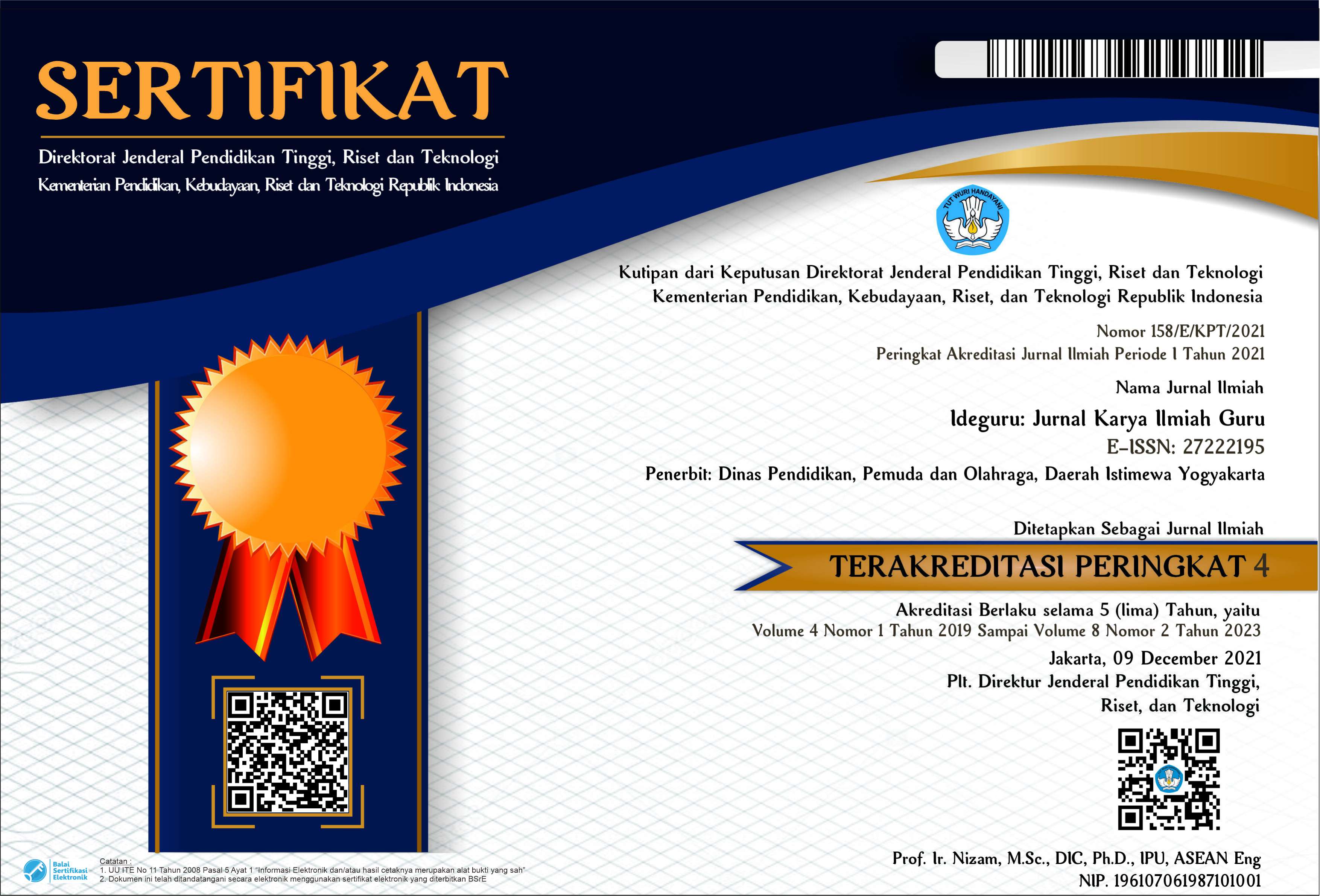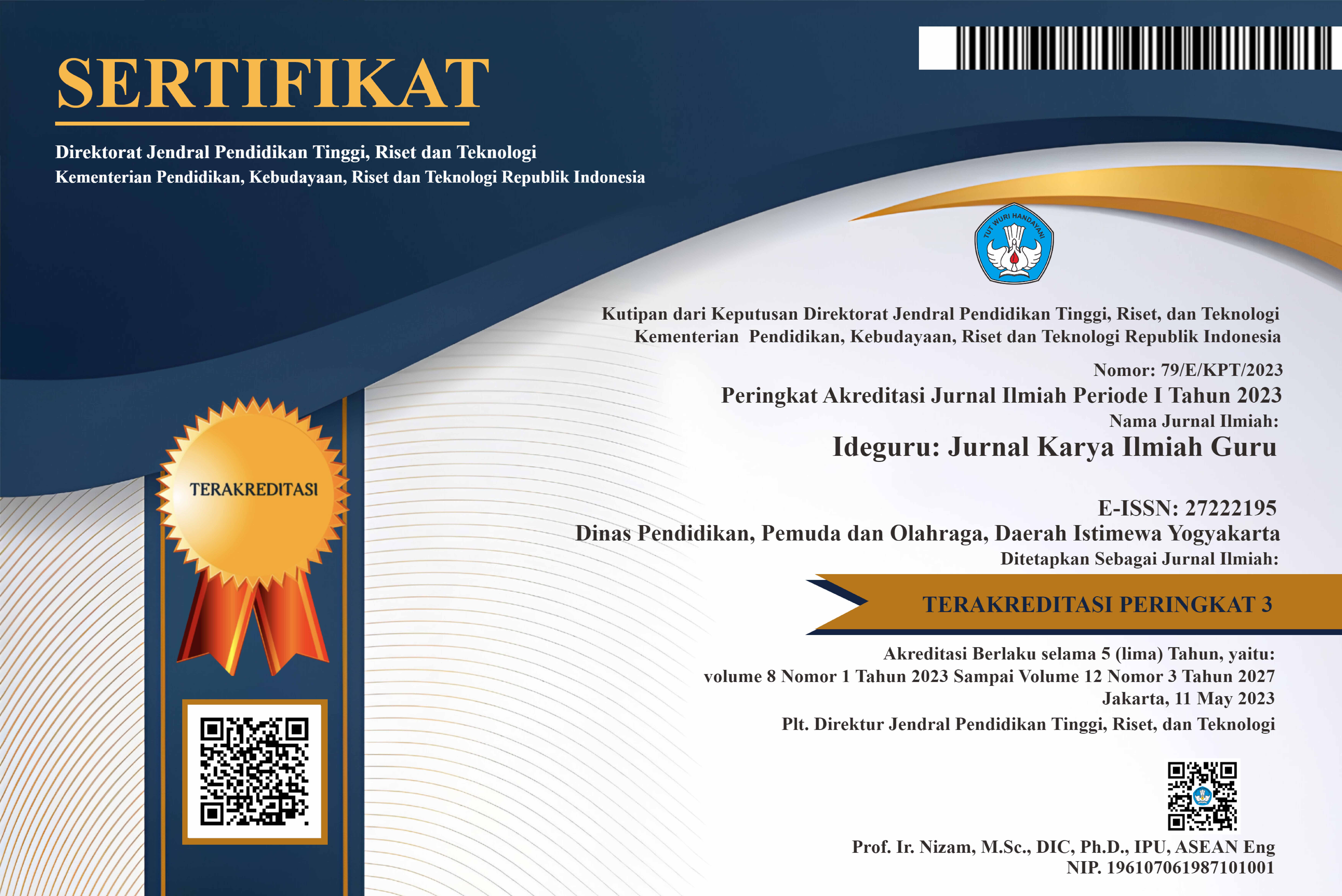Model Pembelajaran Multisensori bagi Anak Disleksia, Efektif?: Tinjauan Sistematis
Abstract
Education is a right that every citizen has, even children with special needs have their education regulated by the state. Based on the law children will get a quality education by learning, reading is a process in learning. For children with dyslexia, of course, it will be difficult to carry out this process, where dyslexic children find it difficult to recognize letters, numbers, and punctuation marks due to neurological disorders in their nervous system. Therefore, an effective learning model is needed to help the learning process of dyslexic children in reading. The purpose of this article review is to examine scientific articles that discuss effective learning methods for dyslexic children. The method used is a literature review method with reference sources obtained from the Publish or Perish 7 program which is indexed by Google Scholar. The criteria for articles used as references are journals published in the last 5 years from 2017-2021. The results of the selected review articles state that the multisensory method can be applied as a learning method for children with dyslexia, by optimizing all sensory functions possessed by children, that is visual, auditory, kinesthetic, and tactile. The application of the multisensory method is considered effective to help dyslexic children in the learning process, especially reading and writing, thus it is hoped that this method can improve learning achievement for dyslexic children.

 DOI:
DOI:














